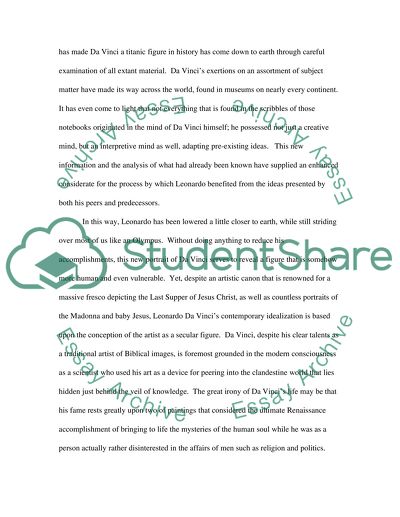Cite this document
(“Da Vinci and Freud Essay Example | Topics and Well Written Essays - 1500 words”, n.d.)
Da Vinci and Freud Essay Example | Topics and Well Written Essays - 1500 words. Retrieved from https://studentshare.org/miscellaneous/1519461-da-vinci-and-freud
Da Vinci and Freud Essay Example | Topics and Well Written Essays - 1500 words. Retrieved from https://studentshare.org/miscellaneous/1519461-da-vinci-and-freud
(Da Vinci and Freud Essay Example | Topics and Well Written Essays - 1500 Words)
Da Vinci and Freud Essay Example | Topics and Well Written Essays - 1500 Words. https://studentshare.org/miscellaneous/1519461-da-vinci-and-freud.
Da Vinci and Freud Essay Example | Topics and Well Written Essays - 1500 Words. https://studentshare.org/miscellaneous/1519461-da-vinci-and-freud.
“Da Vinci and Freud Essay Example | Topics and Well Written Essays - 1500 Words”, n.d. https://studentshare.org/miscellaneous/1519461-da-vinci-and-freud.


